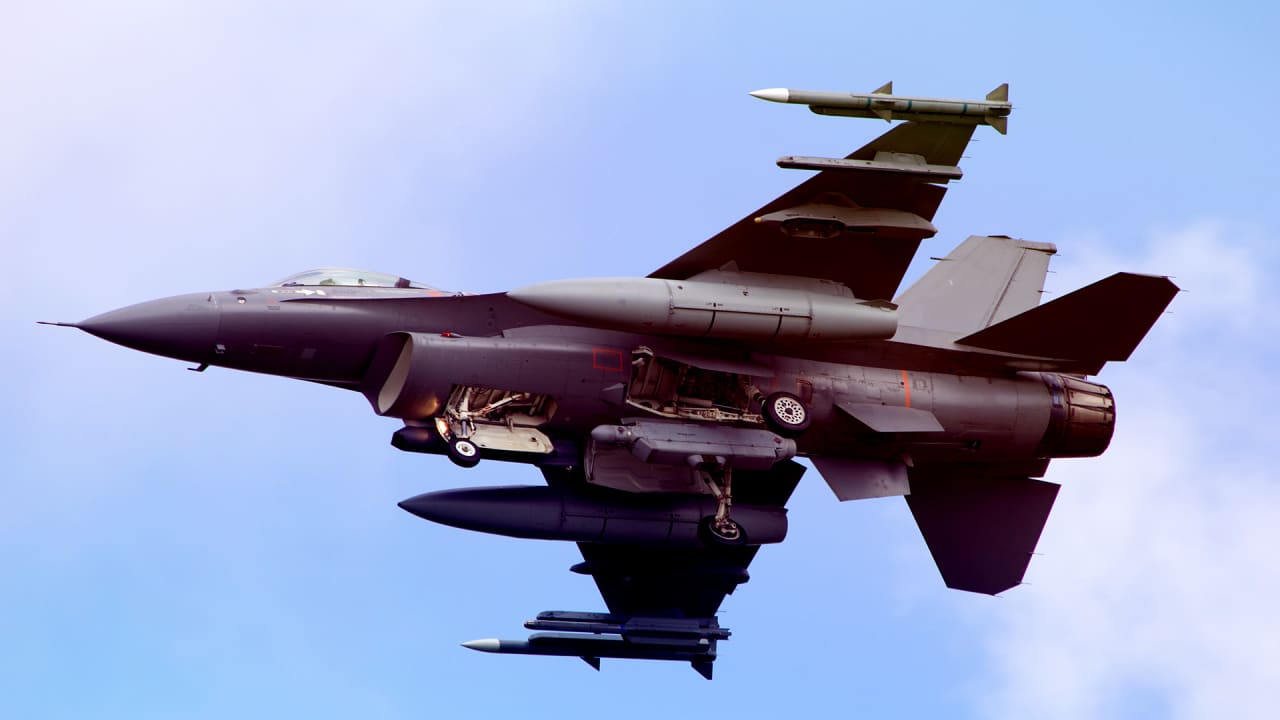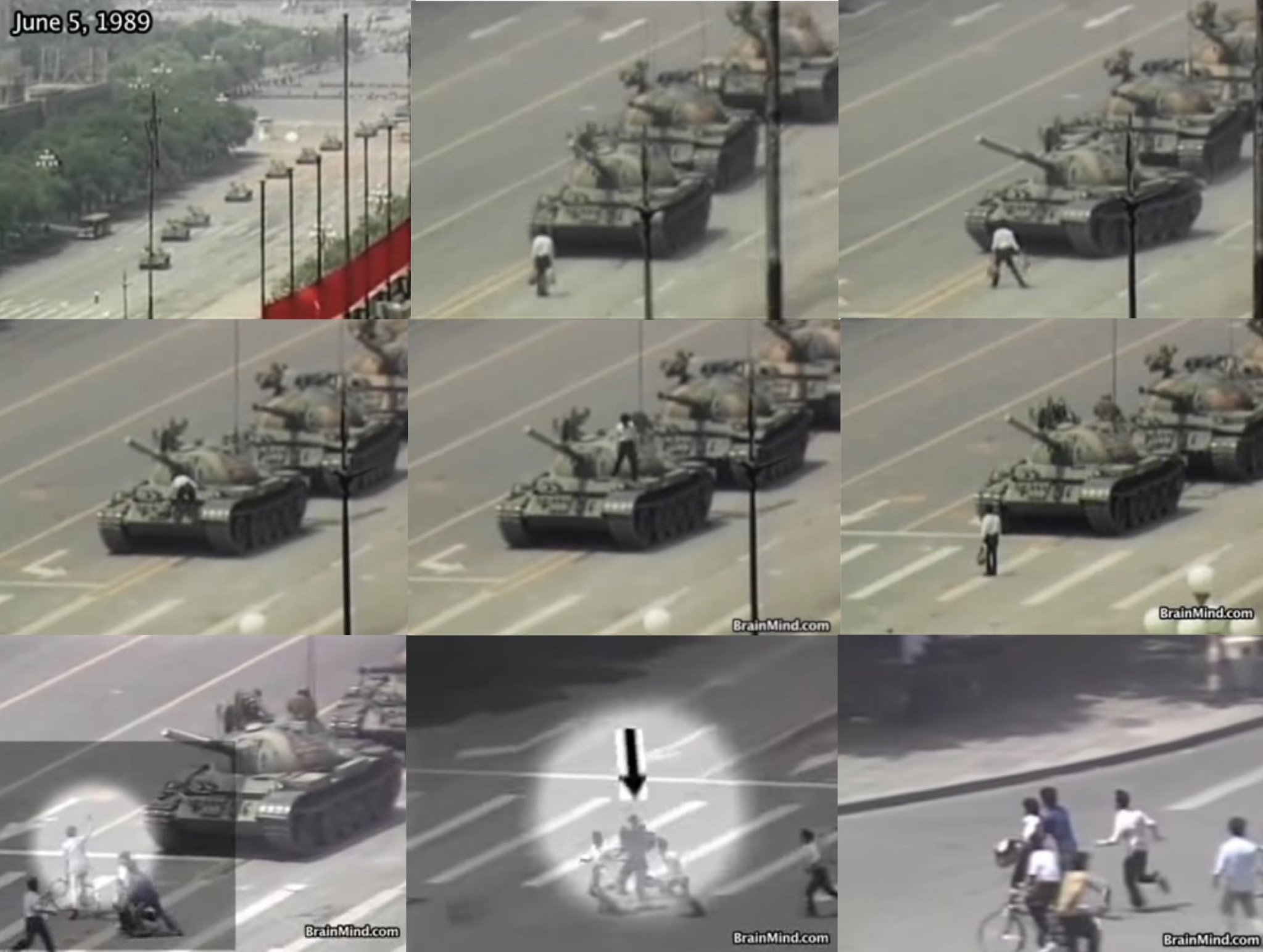
The KC-135's cargo space is much smaller, and as such is not used for transporting large items. In both cases, the fuel tanks are in the lower half of the fuselage - the reason the KC-10 has a cargo mission as well is because it is a larger aircraft and has a much higher gross weight. Of course the B-52 would never be completely empty in the air so the KC-10 would not need to offload the full 308,000lbs), or 30 full loads for an F-16 with external tanks, and the maximum fuel load of a KC-135 is 200,000 pounds, or over 4 full loads of gas for a B-52.Īs for how much of the fuselage is taken up by fuel tanks, you can look at cutaways of the KC-135 and KC-10 (unfortunately the captions for the KC-10 are in a foreign language, as I could not find a high-enough resolution one in English). This is over 7 full loads of gas for a B-52 (B-52G and H could carry 308,000lbs of fuel, so 365,000 capacity of KC-10 would potentially fully fuel a B-52 one time, with enough fuel left to get the KC-10 home.

The maximum fuel load of a KC-10 is 356,000 pounds.

Both the KC-135 and KC-10 can burn the fuel it carries on board for refueling (the notable exception was the KC-135Q, which carried separate tanks of JP-7 for the SR-71 Blackbird).īoth indeed do have significant fuselage tanks - the KC-10 is notable for being 'dual-mission' capable, meaning it can carry both fuel and cargo, and the KC-10 is also air-refuelable (so a KC-135 can offload extra gas into a KC-10 when their crew rest is up, allowing the KC-10 to stay on station and refuel other planes longer).


 0 kommentar(er)
0 kommentar(er)
